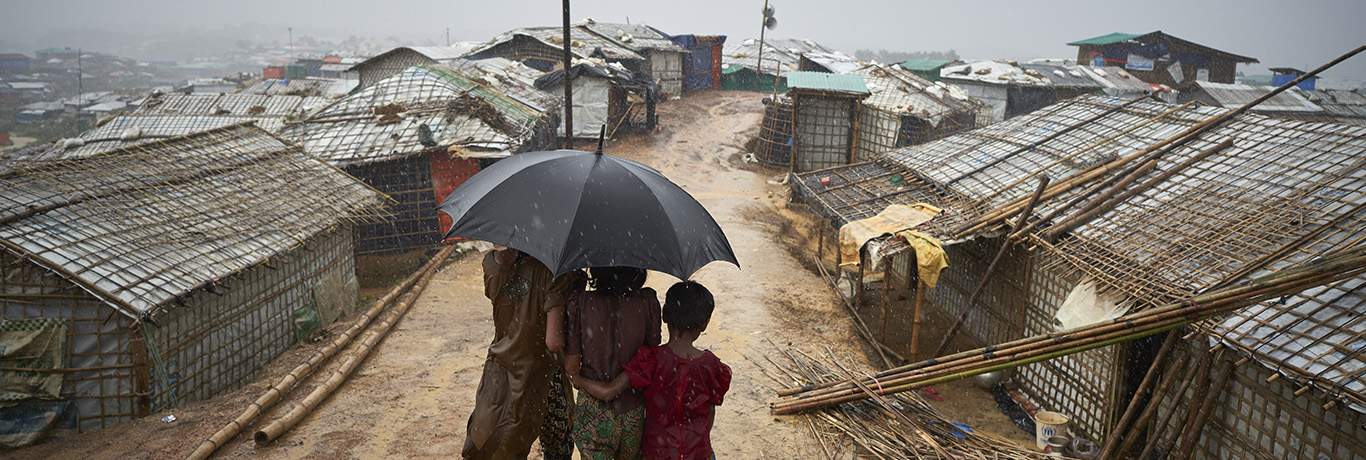An emergency is a situation in which the lives, rights and well-being of refugees and other persons of concern are or will be threatened unless immediate and appropriate action is taken on a scale that UNHCR’s existing capacity at country and regional level cannot provide.
Registration is one of UNHCR’s primary activities at the onset of an emergency. Registration in emergencies enables UNHCR and partners to establish a reliable population baseline for programme planning purposes, identify and assist persons with specific needs and establish a system for the ongoing delivery of protection, assistance and documentation in the medium and longer term.
Registration should get underway as quickly as possible after the population in question has stopped moving. In an emergency, efforts should be made to commence registration or, as a minimum, pre-registration activities, within seven days of an initial influx. While registration is not a prerequisite for the provision of food or other forms of assistance to persons of concern, registration from the beginning of the emergency strengthens accountability and facilitates implementation of protection activities.
Registration in an emergency context should follow general guidance for regular registration, unless otherwise indicated here. General guidance related to the planning and implementation of regular registration activities can be found in modules 3, 4 and 5. This module aims to provide emergency-specific guidance on registration activities and highlight the key areas that distinguish registration in emergencies from registration in non-emergency operational contexts. For example, emergency registration involves:

